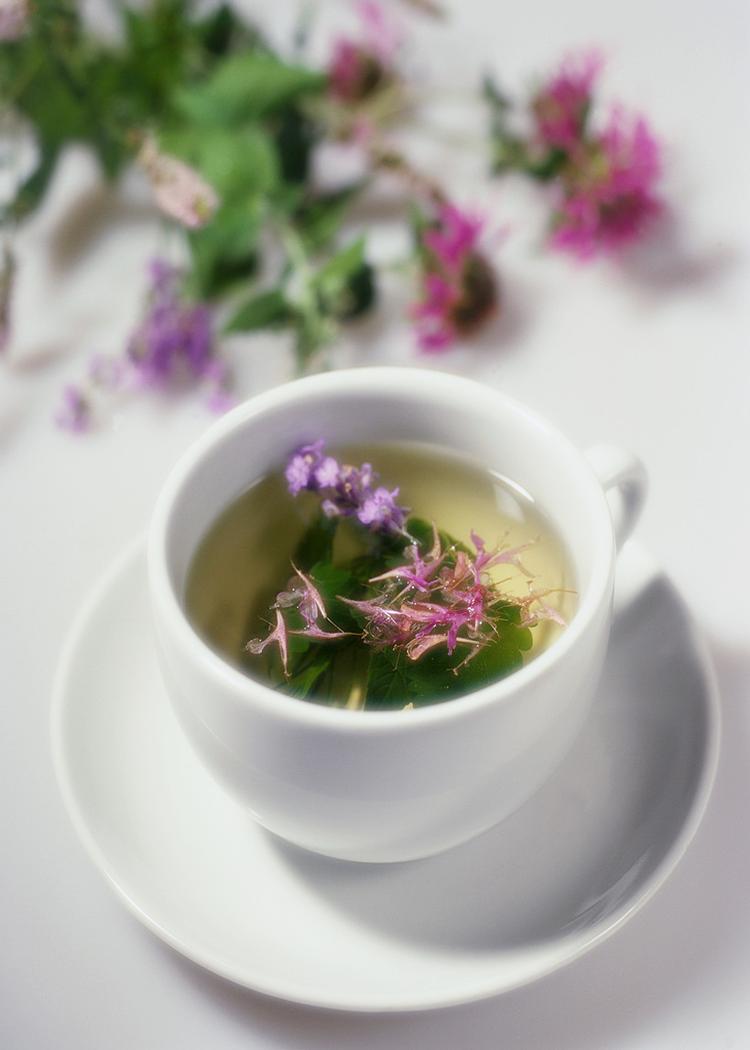 Ever wondered about the difference between a tea, an infusion, and a tincture? Ever wondered when to use which? Well, you’re not alone. It’s not that difficult really when you understand the difference between them and what they do.
Ever wondered about the difference between a tea, an infusion, and a tincture? Ever wondered when to use which? Well, you’re not alone. It’s not that difficult really when you understand the difference between them and what they do.
Plants contain various compounds: flavonoids, alkaloids, vitamins, minerals, and others too, but we’re going to focus on those to keep it simple.
Flavonoids are compounds that can be extracted by water or alcohol. They have a variety of medicinal effects but one of the most important effects of flavonoids is their antioxidant effect. An antioxidant is a molecule that can slow down or prevent the oxidation of other molecules.
Alkaloids are compounds that can be extracted very well by alcohol and much less so by water. They can sometimes dissipate with heat which is why a tea or infusion isn’t the best method when you’re trying to extract these compounds. Alkaloids are the healing or medicinal compounds that are typically the ones that scientist try to isolate to develop a pharmaceutical.
Vitamins and Minerals are extracted by water and nourish and feed the body which provides a different type of healing affect than an alkaloid.
So, when you look at those 4 compounds and understand what they do and how you can extract them from the plant, it becomes very easy to determine which method to use.
A tea will extract flavonoids with their antioxidant properties as well as vitamins and minerals. However due to the short steeping time, they would not extract as much and would be used more as a soothing, relaxing beverage. Teas are made by steeping 1 tablespoon of dried herbs in 1 cup of boiled water for about 20 minutes, straining and drinking. They can be made with one herb or several in combination. You’ll want to be sure to cover your cup while steeping to prevent the escape of any of the volatile compounds.
An infusion is what I typically will make. The longer steeping time fully extracts the flavonoids, vitamins, and minerals resulting in a “multi-vitamin in a jar”. Infusions are very much like food for our bodies. They are high in vitamins and minerals and are a wonderful way to get these nutrients into our bodies. When we drink the nutrients as an infusion (or a tea) our bodies are much more able to assimilate them than when they are taken in pill form. Infusions are made with 1 ounce of dried herb and 1 quart of boiling water that is covered and allowed to steep for at least four hours. I typically will prepare my infusion before bed and allow it to steep over night. I then enjoy my infusion throughout the day.
A tincture is made by infusing herbs in alcohol. The alcohol will extract many of the medicinal constituents of the herbs including alkaloids and flavonoids, but because 100 proof vodka is 50% alcohol and 50% water, the tincture will also extract vitamins and minerals. (The alcohol extracts other beneficial compounds too, but for right now, these are the ones we’re talking about.) Tinctures have a long shelf life and are an easy way to get the herbs into your system. It’s easy to take a dropperful of tincture when your sick, but I also have a tincture that I start using in the fall to boost my immune system throughout the winter and spring (February is prime flu season).
If you have an aversion to alcohol, glycerin can be used instead, but glycerin doesn’t extract as many of the medicnal constituents and only has a shlef life of 6 months – 1 year. However a glycerin based tincture may be a good option for children. Another thing to remember too, is that vanilla extract is just vanilla bean tincture, so if you use vanilla, don’t be too concerned about using a tincture.
So, there you have it in a nutshell. Teas and infusions are daily methods of feeding and nourishing our body that can also assist in the healing process. Tinctures are a way of healing our body and helping to prevent illness.
Earlier, I mentioned a tincture that I start using in the fall to build my immune system. I’m going to share that recipe with you as well as a recipe for a tincture that I would use at the first signs of illness. I found the recipes in Butterfly Miracles with Herbal Remedies by LaRee Westover, and purchased pre-mixed packets of the herbal combinations by calling Butterfly Express at 208-747-3021.
RC-L
- 1 part lomatium
- 1/2 part buckthorn bark
- 1/2 part burdock root
- 1/2 part cascara sagrada
- 1/2 part chaparral
- 1/2 part licorice root
- 1 part Oregon grape rood
- 1/2 part peach bark or leaves
- 1/2 part poke root
- 1/2 part prickly ash bark
- 1 1/2 part red clover blossoms
- 1/2 part sarsaparilla
- 1/2 part stillingia root
LaRee’s comments indicate that RC-L is an excellent blood and body cleanser, is one of the most effective infection fighter formulas and the addition of lomatium makes if very effective for bacterial or viral stomach flu. She suggests using 20-30 drops 2-4 times a day, and that iit is save to use while pregnant or nursing if necessary.
IF
- 3 parts echinacea root
- 2 parts Oregon grape root
- 1 part poke root
- 1 part red clover blossoms
- 1/2 part cayenne
- 1/2 part yarrow leaf or flowers
- 1 part usnea
This is an all purpose formula. It can be taken internally or as a tea for external compresses or wash. Use for any type of infection – infected injuries, sore throats, ear infections, and anything else that you can think of.
To make the tincture, I place the herbs in a jar, cover with alcohol (I use 80 proof vodka), and allow to steep for 6 weeks, shaking daily and adding alcohol if necessary to ensure that the herbs remain covered. (Dried herbs will expand as they are hydrated.)

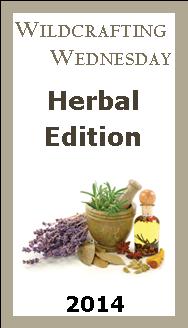


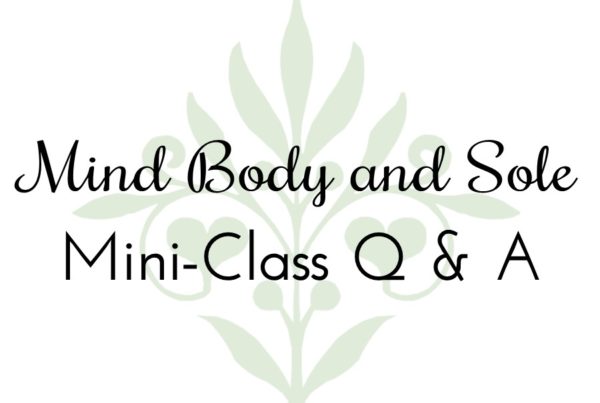

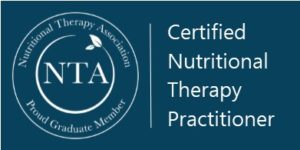
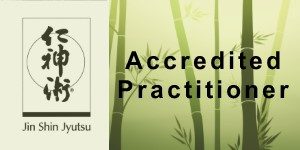



Good explanation.
I’d like to know what i meant by “part”. For instance how much is 1 part equal to? How can I learn more about making teas, infusions, and tinctures?
A “part” can be whatever you want depending on how much you want to make. So if 1 part is a cup, then 1/2 a part would be half a cup or 2 parts would be 2 cups. If 1 part is an ounce, then 1/2 a part would be 1/2 an ounce and 2 parts would be 2 ounces. See? 🙂
Can I mix different herbs together in an infusion?
I have several different health issues and need different herbs for each different health problem. I can’t drink all the cups per day needed to help each individual health issues per single herb infusion. I also want to take nettle nourishing herb for all the Vitamins and minerals it has. If it’s recommended that I’m to drink 2 to 4 cups of a particular herb for a pArticular health issues and I have 6 different single herb infusions I need to take everyday and times that by 2 to 4 cups then I’d be having to drink as much as 24 cups a day of infusions if I had to make them and drink them singularly. I can’t manage to drink that much liquid every day! So can I cut down on the liquid by mixing a few of the herbs in one quart of water? I’m sorry for repeating but I just want to be clear in what I’m asking. I’ve asked this question on other websites and just been told to work on one health problem at a time so only take one herb infusion at a time. I can’t sleep, I have type 2 diabetes, I have extremely high blood pressure, I have uterine cancer, I have anemia and I can’t eat enough organic vegetables and other food daily to get all the vitamins and minerals I need. Theses are all important health problems and I don’t have months or even longer to devote to one illness at a time while ignoring treating the others. I’m using herbs because I don’t want to take potentially dangerous prescription medications with bad side effects. Don’t tell me to consult a doctor about herbal infusions. Alopathic doctors don’t study herbal healing in medical school. I’ve been to a nuropath but they are too expensive to continue to see as they are not covered by insurance and charge high prices. Not every nuropath is very knowledgeable because the one I saw could not help me about the use of herbs questions I had. I hope I can get an answer about combining 2 or 3 herbs together in one quart of water and still get all the same health benefits as making them and drinking them singularly?
Hi Susie, I’m sorry you’re struggling with so many health issues. One of my favorite infusions contains 5 different herbs which I make with 5 cups of water, let steep overnight, and then drink throughout the day. So, yes, you can make an infusion by blending different herbs together. You may also want to consider using an herbal tincture, which is a more concentrated herbal remedy. If it were me, I would also find a Nutritional Therapy Practitioner to work with. Good luck!